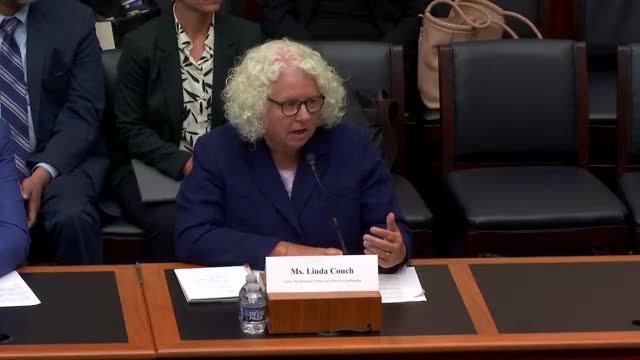Housing Crisis Exposed as Accessibility Needs Go Unmet
July 25, 2024 | Financial Services: House Committee, Standing Committees - House & Senate, Congressional Hearings Compilation

This article was created by AI summarizing key points discussed. AI makes mistakes, so for full details and context, please refer to the video of the full meeting. Please report any errors so we can fix them. Report an error »

In a recent government meeting, discussions highlighted the urgent need for increased accessibility in housing, particularly for seniors and individuals with disabilities. Currently, less than 1% of homes are wheelchair accessible, and only 4% meet basic accessibility standards such as wide hallways, single-floor living, and no-step entries. This stark reality underscores a significant gap in the housing market, particularly as the nation ages.
Advocates emphasized the role of the Department of Housing and Urban Development (HUD) in promoting \"disability forward housing,\" which would cater to a diverse range of accessibility needs. The conversation pointed out that many older adults wish to remain in their homes but face barriers due to inadequate accessibility features. Existing home modification programs are described as piecemeal and underfunded, leaving many without the necessary resources to make their homes accessible.
The meeting also addressed the broader issue of housing affordability, with representatives noting that builders are not incentivized to create entry-level homes for younger generations. Regulatory barriers, including those imposed by the Environmental Protection Agency and other federal regulations, were identified as significant contributors to the high costs of housing development. These regulations can add as much as $93,000 to the cost of building a single home, complicating efforts to provide affordable housing options.
As the discussions unfolded, it became clear that both accessibility and affordability in housing are critical issues that require immediate attention from policymakers. The meeting concluded with a call for bipartisan support to address these challenges, ensuring that all individuals, regardless of age or ability, have access to safe and suitable housing.
Advocates emphasized the role of the Department of Housing and Urban Development (HUD) in promoting \"disability forward housing,\" which would cater to a diverse range of accessibility needs. The conversation pointed out that many older adults wish to remain in their homes but face barriers due to inadequate accessibility features. Existing home modification programs are described as piecemeal and underfunded, leaving many without the necessary resources to make their homes accessible.
The meeting also addressed the broader issue of housing affordability, with representatives noting that builders are not incentivized to create entry-level homes for younger generations. Regulatory barriers, including those imposed by the Environmental Protection Agency and other federal regulations, were identified as significant contributors to the high costs of housing development. These regulations can add as much as $93,000 to the cost of building a single home, complicating efforts to provide affordable housing options.
As the discussions unfolded, it became clear that both accessibility and affordability in housing are critical issues that require immediate attention from policymakers. The meeting concluded with a call for bipartisan support to address these challenges, ensuring that all individuals, regardless of age or ability, have access to safe and suitable housing.
View full meeting
This article is based on a recent meeting—watch the full video and explore the complete transcript for deeper insights into the discussion.
View full meeting